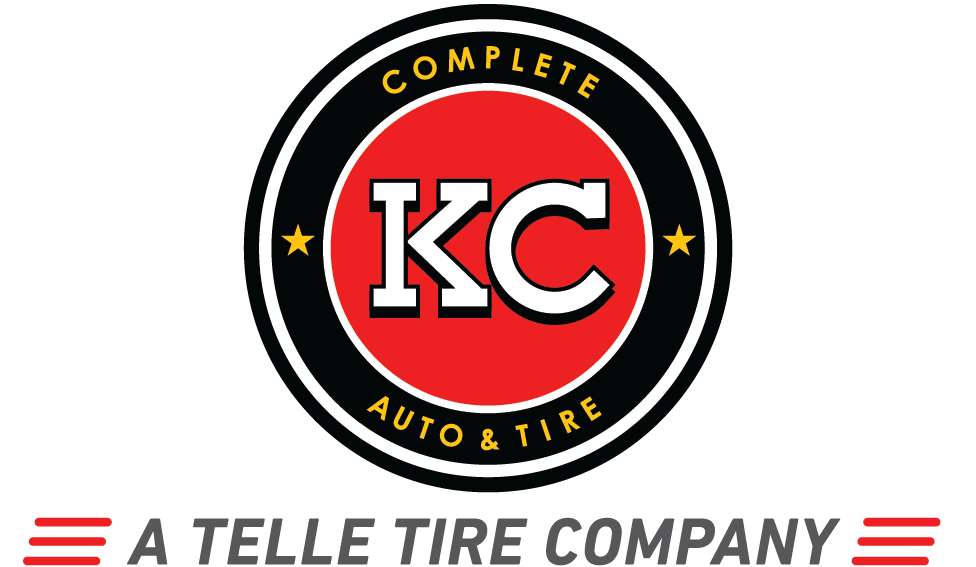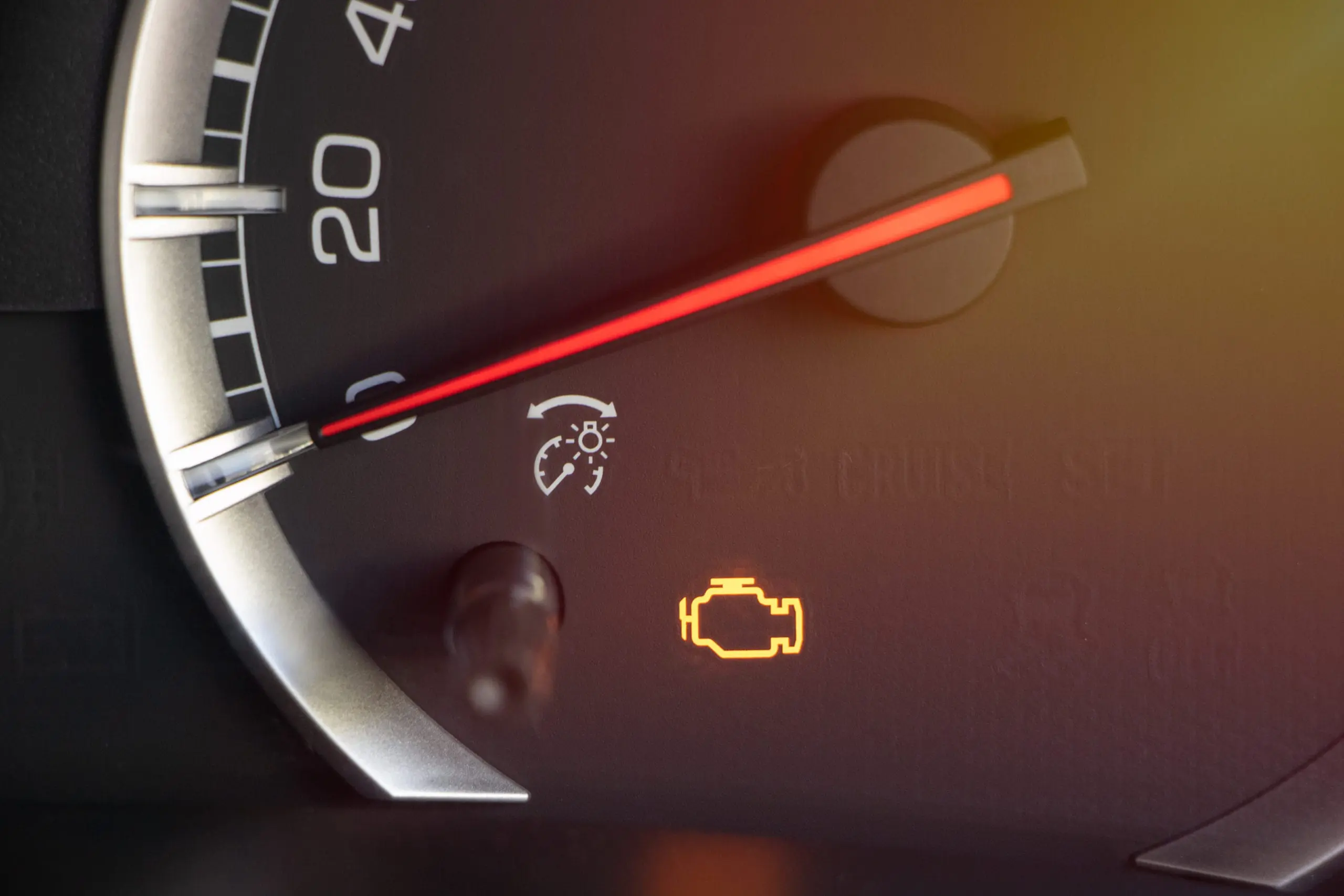Why Is My Check Engine Light On?
We’ve all been there. You’re driving down the road and that pesky check engine light pops on out of nowhere and without any explanation. The nerve! I mean, the engine seems fine. The car is running as well as ever. In fact, without that little diode, you’d probably never know anything was wrong in the first place. So WHY is my check engine light on, you ask?
Well, the truth is it could be any number of things. And identifying it yourself is easier said than done.
See, unlike a tire pressure indicator or a washer fluid indicator which signify easily diagnosable and generally simple-to-fix issues, your vehicle’s check engine light (CEL) is kind of a catch-all in terms of issues that may hinder your vehicle’s performance. Your check engine light can be indicative of any number of problems–minor or major–relating to your vehicle.
In addition to “check engine”, some CELs will display the words “service engine soon” or simply “check”–none of which offer a great deal of diagnostic insights as to the root of the problem. Chances are, you’re going to have to have a certified auto service technician run a computerized diagnostic test to know for sure what that little illuminated amber symbol is trying to tell you.
Common Check Engine Light Explanations
Though there are plenty of feasible and specific reasons for a check engine light to come on, some issues are, of course, more common than others. Below are some of the more common explanations for a CEL.
Gas Cap Is Loose
Yes, something as simple as a loose gas cap (or broken or missing gas cap) can be the cause of your engine troubles. Your gas cap is essential in sealing in gasoline vapors and if it’s not on securely, your vehicle will recognize the oversight as a leak in the system’s EVAP emission control. So before you bring your vehicle in for professional diagnostics, make sure that gas cap is on tightly.
Oxygen Sensor
Your vehicle’s oxygen sensor is responsible for monitoring and measuring the amount of fuel your vehicle burns. If one or more of your sensors are faulty, you could find yourself refueling more frequently. If ignored for long enough, this can damage your catalytic converter which will yield a significantly higher bill than simply replacing an oxygen sensor.
Catalytic Converter Failure
And while we’re on that topic, a failing catalytic converter can certainly trigger your vehicle’s CEL. Your catalytic converter is responsible for reducing vehicle emissions and SHOULD last upwards of ten years without issue. But as any vehicle owner can attest, “should last” is far from a guarantee. If your catalytic converter fails, you’re looking at a bill of at least $1,200 in replacement parts alone.
Spark Plug Issue
Spark plugs are responsible for igniting engine cylinders and keeping your vehicle running smoothly, and when they start to wear out, you can be sure your CEL will pop on as a result. Priced at right around $10 each from any automotive retailer, spark plugs are not made to last forever. When a spark plug goes out, you might notice a sudden jolt when you hit the gas pedal.
Thermostat Issue
While the thermostat in your home is responsible for firing up the furnace or air conditioning when the room is too cold or hot, your vehicle’s thermostat regulates the flow of coolant into the engine to keep it from overheating. If your thermostat is gunked up or starts to leak, it can no longer perform that function and your CEL will alert you that something isn’t quite right.
Mass Airflow Sensor
The mass airflow sensor tracks how much air enters the engine and if it’s not working properly, you may find yourself visiting the gas station a little more frequently than you’d like. And if it goes out entirely, you’re in for a hefty replacement cost. You can avoid these headaches by simply replacing the air filter regularly.
Can I Drive With the Check Engine Light On?
Most issues that will cause your check engine light to come on are not what we’d consider a “pull over to the side of the road and call for help” emergency. If you’re not noticing anything strange with the vehicle’s performance (weird sounds, acceleration issues, visible smoke, etc.) then you’re probably fine to get where you’re going. It is likely an issue with your vehicle’s emissions that you’ll want to identify and address before it develops into something more serious like a failed catalytic convertor or airflow sensor.
The exception, however, is if your check engine light is flashing. This is rare, but it does constitute immediate attention and service. If your CEL is flashing, call it in and get it fixed right away.
Conclusion
While the check engine light itself is all too vague in terms of identifying engine-related concerns, you’ll be happy to note that we have the proper computer diagnostic equipment (and the experts to run it) and can identify engine and emission problems efficiently and thoroughly. Once identified, we’ll present you with the best, most cost-effective solution to keep your vehicle running and to keep you safe. To learn more about our check engine light diagnostic process, visit our check engine light page.


